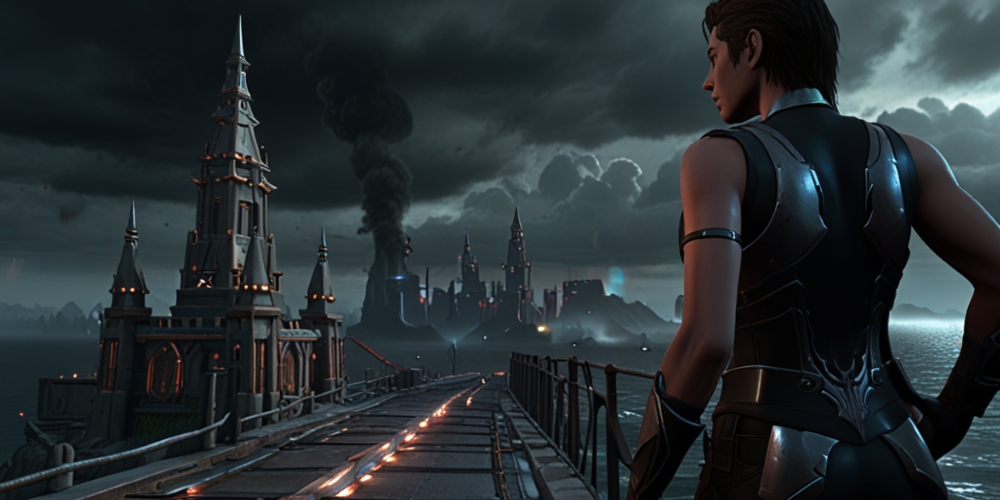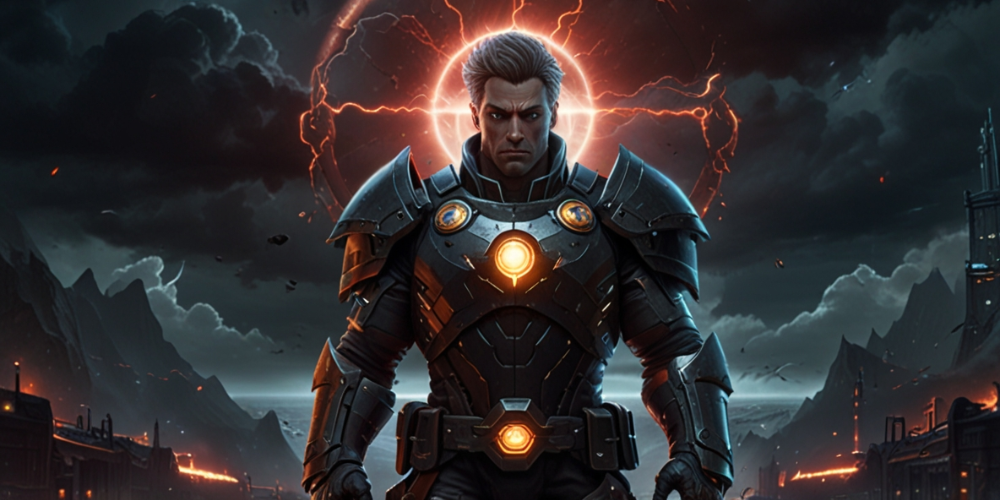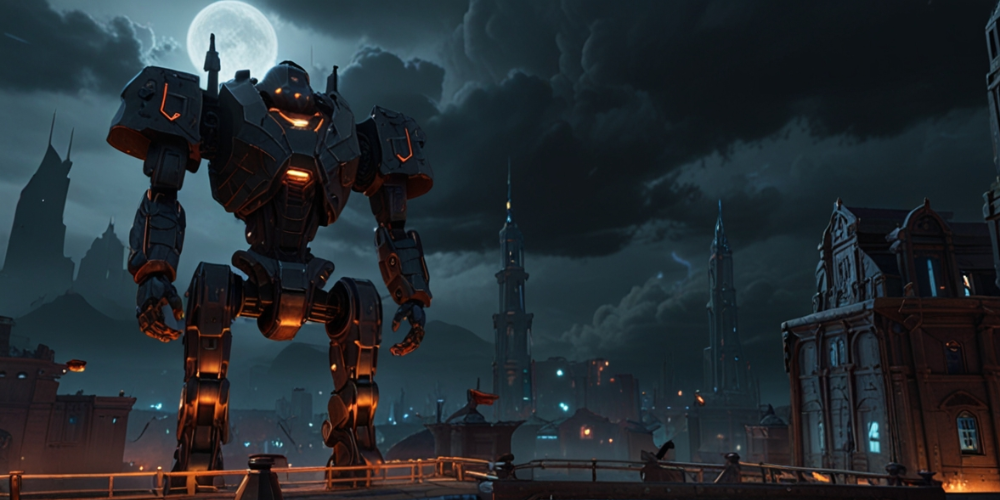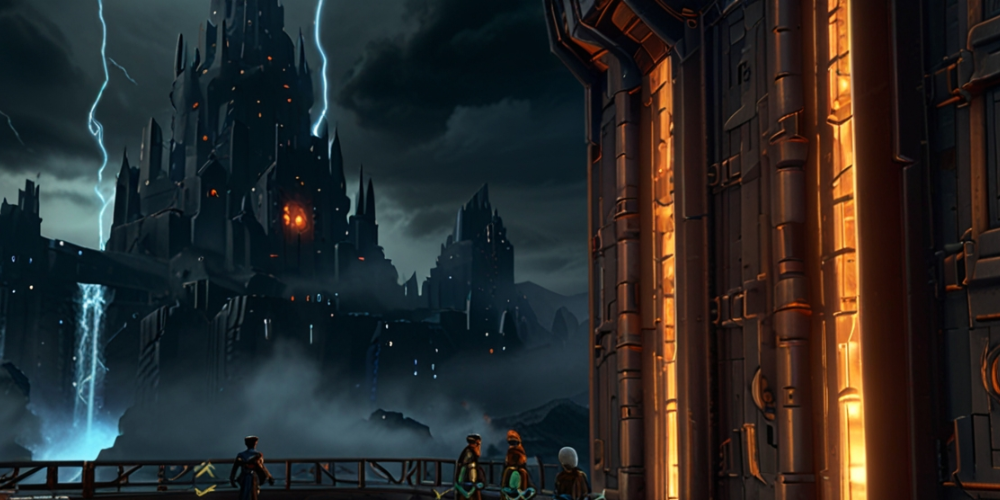Navigating Nostalgia and Complexity: An Early Look at Stormgate

Over the past few years, excitement has simmered around the real-time strategy game, Stormgate. With a promising announcement in 2022 and a successful Kickstarter campaign in 2023 raising $2.3 million, anticipation has only grown. Developed by Frost Giant Studios, a team that includes veterans from iconic franchises like Warcraft 3 and StarCraft II, Stormgate aims to fill a glaring void in the RTS genre. Recently released into Early Access on July 30, I dove into its single-player campaign and online multiplayer mode. What I found was a game that, while ambitious, struggles with its complexity and could benefit from a clearer identity. Below, we will explore the various chapters of Stormgate, uncovering its strengths and weaknesses.
Chapter 1: Setting the Stage
Stormgate sprouted from the ashes of underwhelming attempts in the RTS space, positioning itself as a fresh, nostalgic experience. Drawing clear influences from its predecessors, the game's marketing highlights themes that will resonate with fans of classic games, though the endeavor feels daunting. With so many expectations, it appears that Stormgate is trying to cater to a myriad of players, potentially leaving them all wanting.
Chapter 2: The Single-Player Experience
While the online multiplayer mode seems to be a primary focus for many players, the single-player campaign plays a critical role in defining the game's narrative and world-building. The six missions available at launch introduce Amara, a soldier from the human Vanguard faction whose character arc is established against the backdrop of a world ravaged by the Infernal Host—essentially demonic entities threatening humanity.

During the two and a half hours I spent in this campaign, I saw glimpses of intrigue as Amara seeks a powerful artifact capable of quelling the demon threat. However, the journey introduces little depth in character development. Supporting characters barely scratch the surface of their potential, and the pacing often feels disjointed.
The campaign's animated sequences are impressive and the voice acting delivers a high-quality experience, yet as I traversed the familiar storyline, I couldn't help but feel I was playing an extended homage to past Blizzard lore. The clichés were so prevalent that I found myself anticipating plot beats inspired by beloved classics, transforming the campaign into a guessing game rather than an engaging narrative.
Chapter 3: The Challenges of Complexity
As much as the campaign attempts to draw players in, the complexity of its mechanics starts to surface, hinting at the balancing act that Frost Giant must perform. The game incorporates elements from both StarCraft II's unit management and Warcraft 3's resource control, creating a multi-layered system that may intimidate newcomers while frustrating veterans. Players build bases, gather resources, and strategize combat scenarios, but the high ceiling of complexity can overwhelm those who are unfamiliar with the genre.
Chapter 4: The Multiplayer Showdown
The online multiplayer experience combines various game mechanics in a way that stirs up nostalgia for players of iconic franchise titles. Facing off against opponents requires controlling resource-laden nodes and utilizing specialized units, all while managing the base-building aspects of gameplay. However, this familiar blend feels like a remix rather than a reinvented experience.

As of now, only the Vanguard faction is fleshed out within the campaign, leaving players to recognize its play style while venturing into multiplayer. The nuances between the three factions—the Vanguard, Infernal Host, and Celestial Armada—become evident only through practical play, leading to a steep learning curve. The Vanguard is oriented toward direct warfare, the Infernal Host boasts swarming capabilities, and the Celestial Armada emphasizes tactical movement. While these divisions pay tribute to established families of gameplay, they run the risk of overshadowing Stormgate's original identity.
Chapter 5: Burdened by Legacy
One of the underlying dilemmas confronting Stormgate is its heritage. The studio, founded by ex-Blizzard employees, must now traverse the landscape of a past filled with beloved experiences, yet create an innovative space of its own. The resonance with StarCraft, Warcraft, and even Diablo is so strong that discerning any new interpretations feels challenging. Newcomers might find a fresh and exciting platform, but veterans could easily fall into the trap of comparing every move with the cherished titles that came before.
Chapter 6: Looking Ahead
Despite the critique surrounding the game, Stormgate’s Early Access period allows room for refinement and adjustments. The road ahead is paved with potential as future updates might introduce new factions and a richer single-player campaign. Currently, Stormgate is an enjoyable yet perplexing experience. While it remains to be seen if the game will ultimately deliver a memorable saga, the combination of intricate designs and classic RTS mechanics holds promise.

In conclusion, as an Early Access product, Stormgate stands at a crossroads of nostalgia, ambition, and complexity. With a robust framework already in place, the development team has the opportunity to enhance the experience through community feedback and iterative improvement. Those willing to engage and explore may find unexpected rewards, while others might opt to wait for further evolution before committing fully to this new world of strategy.
- Mariana Rocha 12 Aug 2024

